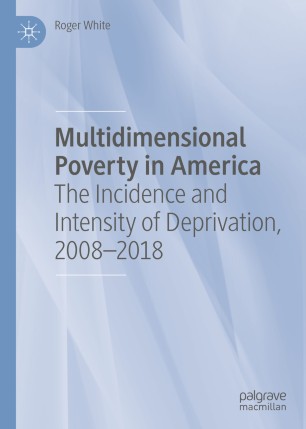

Most ebook files are in PDF format, so you can easily read them using various software such as Foxit Reader or directly on the Google Chrome browser.
Some ebook files are released by publishers in other formats such as .awz, .mobi, .epub, .fb2, etc. You may need to install specific software to read these formats on mobile/PC, such as Calibre.
Please read the tutorial at this link: https://ebookbell.com/faq
We offer FREE conversion to the popular formats you request; however, this may take some time. Therefore, right after payment, please email us, and we will try to provide the service as quickly as possible.
For some exceptional file formats or broken links (if any), please refrain from opening any disputes. Instead, email us first, and we will try to assist within a maximum of 6 hours.
EbookBell Team

4.4
102 reviewsThis book investigates and documents multidimensional poverty in the United States and identifies patterns and relationships that contribute to the development of a more complete understanding of the incidence and intensity of deprivation. The first part introduces multidimensional poverty and provides a rationale for viewing poverty through a lens of multiple deprivations. It discusses how the Multidimensional Poverty Index (MPI) compares to more narrowly-focused, income-based poverty measures and emphasizes its usefulness and applicability for the formulation of related, welfare-enhancing public policies. The second part documents multidimensional poverty incidence, intensity, and corresponding MPI values at the aggregate level of detail, for various demographic cohorts, and across geographic locales. The book then presents results from an empirical analysis that identifies the determinants of multidimensional poverty incidence and of individual deprivation scores. The third part consists of three studies of multidimensional poverty, examining the effect of the Affordable Care Act on multidimensional poverty incidence and intensity, variation in multidimensional poverty across native- and foreign-born residents (and across immigrants’ home countries) of the US, and variation in the respective indicators that contribute to multidimensional poverty across the life cycle. The book closes with two chapters. The first relays the findings of counterfactual exercises where certain deprivations are assumed to have been eliminated. The final chapter summarizes the work, draws inferences and arrives at conclusions, and discusses the corresponding public policy implications.